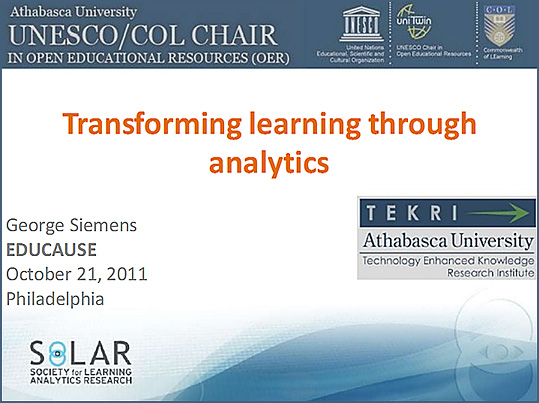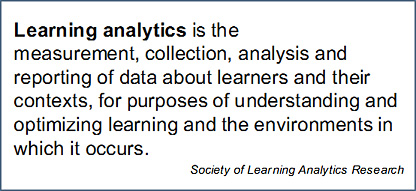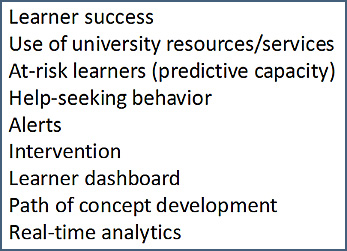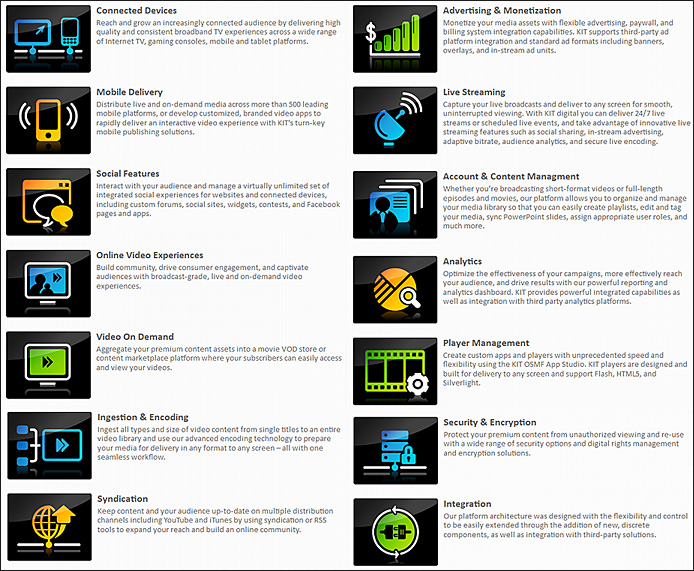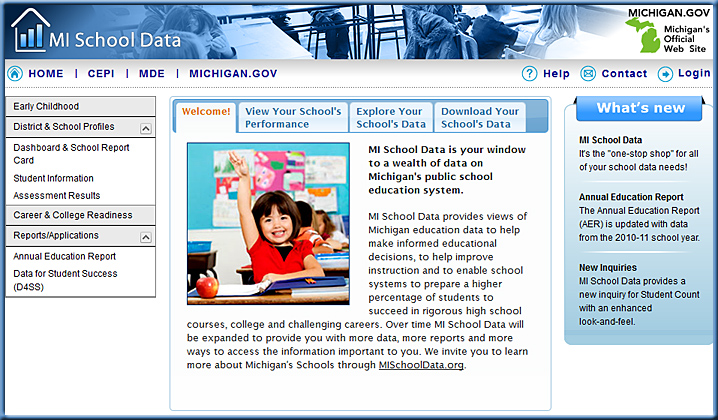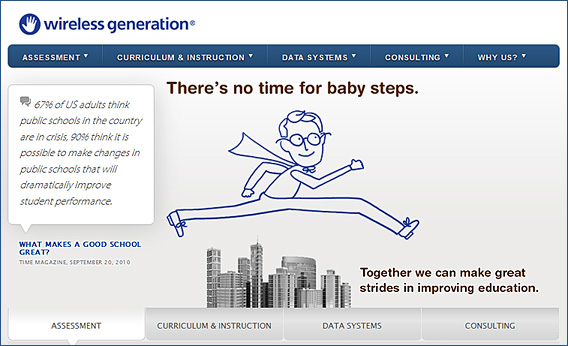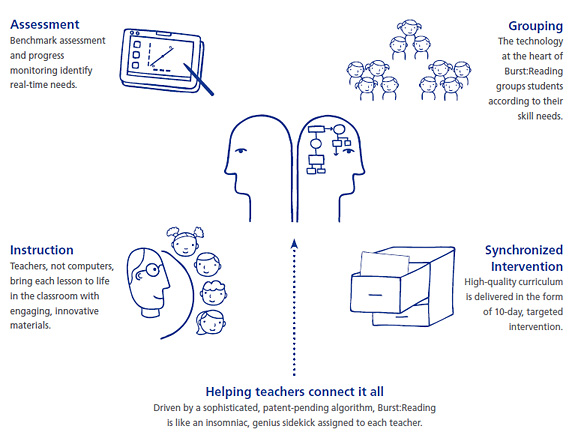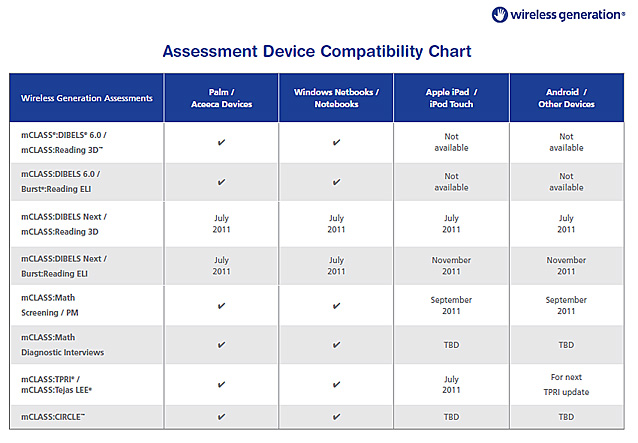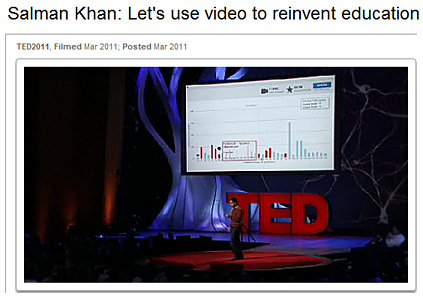Gartner adds Big Data, Gamification, and Internet of Things to its Hype Cycle — from readwriteweb.com by Joe Brockmeier
Excerpt:
Gartner is once again taking a look at the “hype cycle” for technologies and trying to assess where technologies lie along the bumpy road from technology trigger to productivity. This year, Gartner is adding big data, Internet of Things, gamification and consumerization to the Hype Cycle that weren’t present in 2010. According to Gartner, private cloud computing has reached the peak level of hype, and cloud/Web platforms are slipping into the “trough of disillusionment” in the face of Platform as a Service (PaaS).

Also see:









